Sacred Ground: what on earth is all this Bully Acre business?
For those who may be unaware, ‘The Bully Acre’ at Ballinaneeshagh was the name of Waterford sport’s spiritual home long before people were going to places like the Gaelic Field and Kilcohan Park. So, fond of a bit of history, it’s in that context I said I might as well go back to where it all began when trying to come up with an original name for my comeback sports column for The Munster Express, now adapted as the title of this website.
Measuring some 25 acres rather than one, the vast piece of land was situated directly adjacent to St Otteran’s Cemetery on what was then the new Cork Road (almost exactly where NutriScience is now on the Waterford Industrial Estate). The venue hosted countless major matches and tournaments in various sports back in the late 19th and early 20th centuries – from Gaelic games (before the Sportsfield came into being) to cricket to soccer and rugby. Waterford F.C. played there during their first League of Ireland (or Free State League) season in the early thirties.
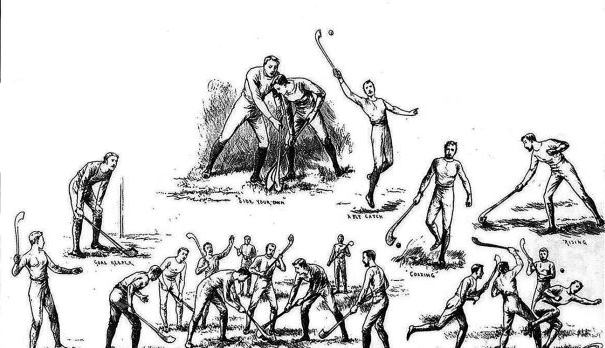
In those times people typically worked six days a week, so Sundays, rather than a day of rest, were the biggame occasions. Dressed in their best, huge crowds would flock there to be entertained, and over-excitement was common. An enclosure would be formed around the main playing field both to create an atmosphere and collect admission – sixpence/6d in 1896.
The first official exhibition of hurling at the venue, or anywhere in East Waterford for that matter, didn’t occur until 1887 when Mooncoin and Young Irelands of Carrick-on-Suir squared up, nineteen-a-side. Held under the auspices of the Waterford Commercial Club, that tournament was organised as a quadruple-header. Ballyduff Lower played C.J. Kickhams of Carrick in a football contest and Waterford took on Clonmel in the same code.
The Waterford and Limerick Railway put on special trains catering for spectators from Kilkenny and South Tipperary, and the crowds were reportedly so great (some estimates quoted 14,000) that the perimeter of the pitch was difficult to make out and temporary railings were torn down. Many were gone for a few libations by the time the footballers of Fenor and Mooncoin met in the last fixture of the day.
In April that year, the first ever Waterford County Football Final was also held at Ballynaneashagh (Bhaile na nDéiseach), with 10,000 spectators converging to watch Ballyduff Lower take on Kilrossanty. It ended in controversy and went to a replay, with Ballyduff edging it in Dungarvan.
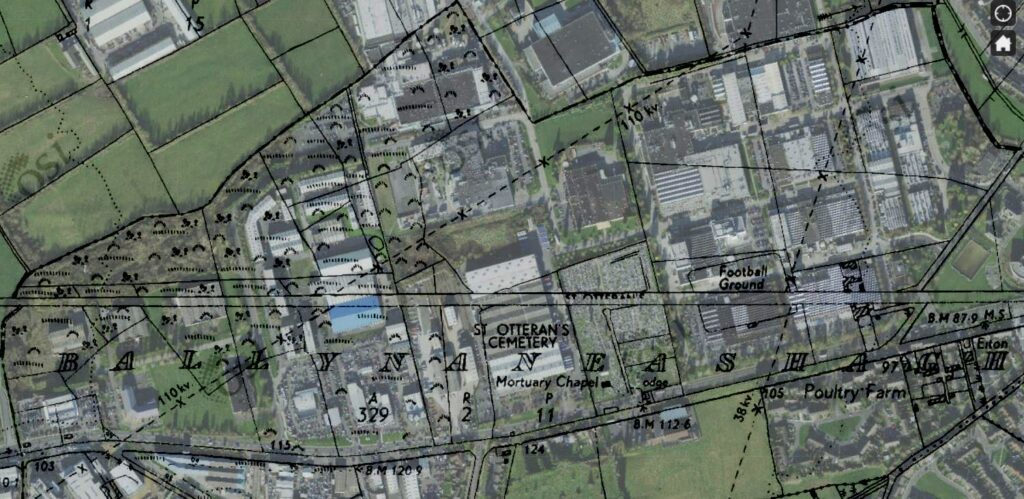
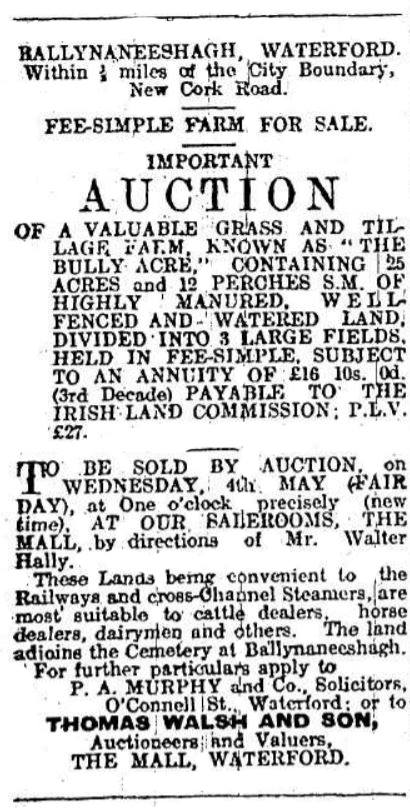
GAA co-founder Michael Cusack, Dungarvan referee and all-rounder Dan Fraher and other notable national names were regular visitors to what was also called Bully’s Acre, or what was sometimes referred to in Irish as the “Ballaire.” The English version is thought by some to have come from the staging of open-air boxing bouts – the same explanation having been attributed to another place of the same name, the former public cemetery beside Royal Hospital Kilmainham in Dublin.
However, Bully’s Acre was a common term for fields used as unmarked graves, more often where poor people whose families couldn’t afford plots were laid to rest; a few of them adjoining workhouses.
In May 1921, the three large fields comprising the Bully Acre were put up for auction by farmer Walter Halley. His father James had first allowed it to be used as an athletics arena during the previous century.
Frequented by hunting parties, the site was eventually developed in 1966 as the new industrial estate. The Dúchas Folklore Collection includes an imaginative yarn told in 1937 by publican Patrick Reddy, the Carrigeen native who had the bar at Holycross, Butlerstown. It was based on a supposed midnight match at The Bully Acre in or around the time the GAA was founded.
The story goes that Fenor were to play Kilmacow there, 21-a-side, in the middle of the night, with only a bright moon for light. They were about to get going when the man in charge of the cemetery decided to play a midnight joke.
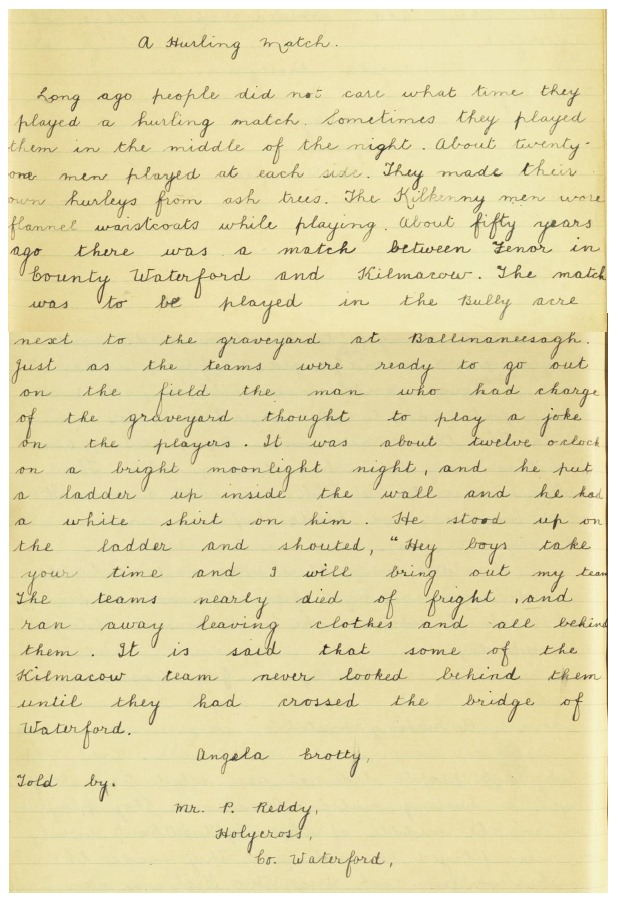
He scaled a ladder from inside in the graveyard with a white shirt on and shouted, “Hey boys, take your time and I will bring out my team.” The lads nearly died of fright and left clothes and all behind them as they scattered. “It is said that some of the Kilmacow team never looked behind them until they had crossed the bridge of Waterford.”
Kilkenny men scared of a white shirt below in Waterford? Surely some mistake.

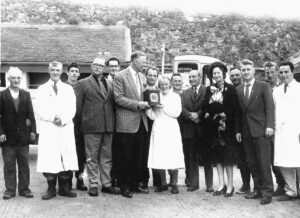


Post Comment